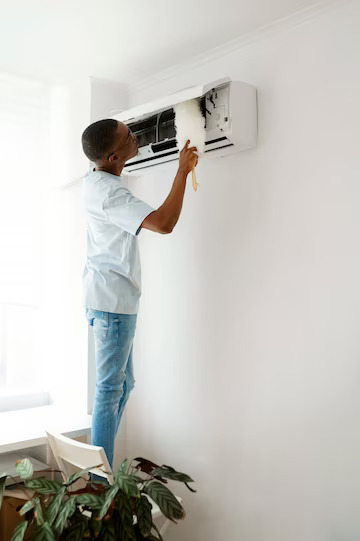
When summer rolls in and temperatures start to soar, one of the most common service requests in the automotive and HVAC industries is AC gas topping. It's a term that has become almost synonymous with restoring cooling performance. But here's the thing: most people have a very limited understanding of what AC gas topping really means, and worse, many carry misconceptions that can lead to poor maintenance decisions, unnecessary expenses, and even damage to their systems.
In this blog, we’ll unpack 8 of the most common misconceptions about AC gas topping, offering you a clearer, more accurate view of how this process works and when it’s actually necessary.
AC gas does not deplete over time like engine oil or brake fluid. It is part of a sealed system. If you find yourself needing to add refrigerant frequently, it's a strong indicator that there’s a leak somewhere in the system. Simply adding gas without addressing the root cause is like pouring water into a leaky bucket. It is only a temporary fix and a waste of resources. If you top up more frequently than once every few years, have your system pressure-tested to check that it does not have leaks.
While it’s true that low refrigerant levels can cause your AC to lose its cooling efficiency, simply adding gas isn’t always a magic fix. The AC system relies on the combined function of several key components, such as the compressor, condenser, evaporator, blower, thermostats, and more. When one or several of these components are underperforming or malfunctioning, topping up the refrigerant will not help restore optimum cooling. In fact, overcharging the system can reduce its performance or even lead to serious damage.
This is among the most hazardous myths. An AC system is designed to operate with a fixed amount of refrigerant, based on its capacity. It cannot be overcharged to enhance performance; quite the contrary, doing so can cause pressure to rise at various points in the system, which may lead to compressor discharge and ineffective cooling.
In the long run, this can result in system failure or complete shutdown. Always ensure that the person responsible for performing the gas refill uses the correct temperature and pressure readings to avoid long-term damage.
Anyone can hook up gauges and add refrigerant. However, that is not the correct approach. That, however, is your over-confident self talking. Incorrect topping can lead to contamination, overcharging, and even permanent system damage. Moreover, refrigerant gases require special handling, with strict safety and environmental regulations.
Ensure that it is done by trained personnel who are aware of the complexity of the system and adhere to the manufacturer’s guidelines.
Not all refrigerants are created equal. There are multiple types of refrigerants in use today, namely R-134a, R-410A, R-1234yf, R-22, and more. They’re not interchangeable, and using the wrong one can be both dangerous and illegal.
Using an incompatible refrigerant can cause chemical reactions, lead to component failure, and even void the manufacturer warranty. Always ensure that the technician checks and matches the correct refrigerant for your system.
This is like saying a car won’t start because it needs more petrol, even when the battery is dead. Many people assume poor AC performance is always due to low refrigerant, when in fact the issue could lie in:
Refrigerant is just one part of a much larger system. Proper diagnostics are key before jumping to gas topping.
DIY kits may be available online or in auto parts stores, but they come with significant risks. These kits often don’t include proper gauges, may not provide correct pressure readings, and sometimes use sealants that can clog the AC system. Without the right tools and technical knowledge, even a small mistake can lead to costly repairs.
Not only do you risk damaging the system, but you’re also exposing yourself to toxic chemicals under high pressure. The refrigerant can cause skin burns, eye injuries, or worse if mishandled. For your safety and the health of your AC, leave this job to trained professionals.
Refrigerant can last a long time in a sealed system, but it’s not immune to leaks or degradation caused by worn-out components. Rubber seals dry out, hoses crack, and fittings loosen over time, especially in high-temperature environments.
Even small leaks can slowly reduce efficiency and lead to performance issues if left unchecked. So even if your system was topped up recently, it doesn’t mean it won’t need attention in the future. Regular inspections and preventive maintenance go a long way in ensuring efficient performance year after year.
At Magic Build, we’ve seen firsthand how common misconceptions about AC gas topping can lead to poor decisions and costly repairs. AC gas topping is often misunderstood and misused, leading to unnecessary expenses and even long-term damage. The key takeaway? It’s not a band-aid solution. It should always be backed by diagnostics and performed by trained, certified professionals.
As technicians and service advisors at Magic Build, it’s our responsibility to educate customers and dispel these myths. When we help them understand what their system really needs, we not only earn trust, but we also ensure better system longevity, efficiency, and safety.
If you are looking for aircon services in Singapore, You can Contact Magic Build’s team or access our internal resources to sharpen your approach.
Read to know: Things You Should Know About Marble Floor Polishing in Singapore
Subscribe to our newsletter to get inbox notifications